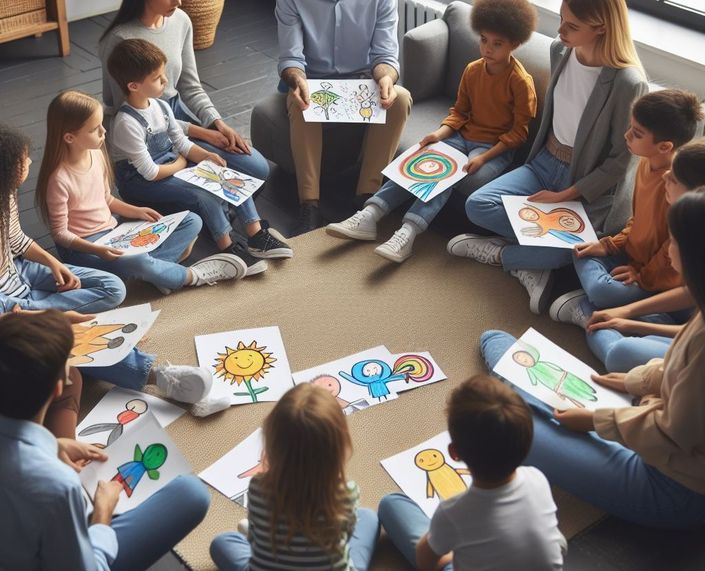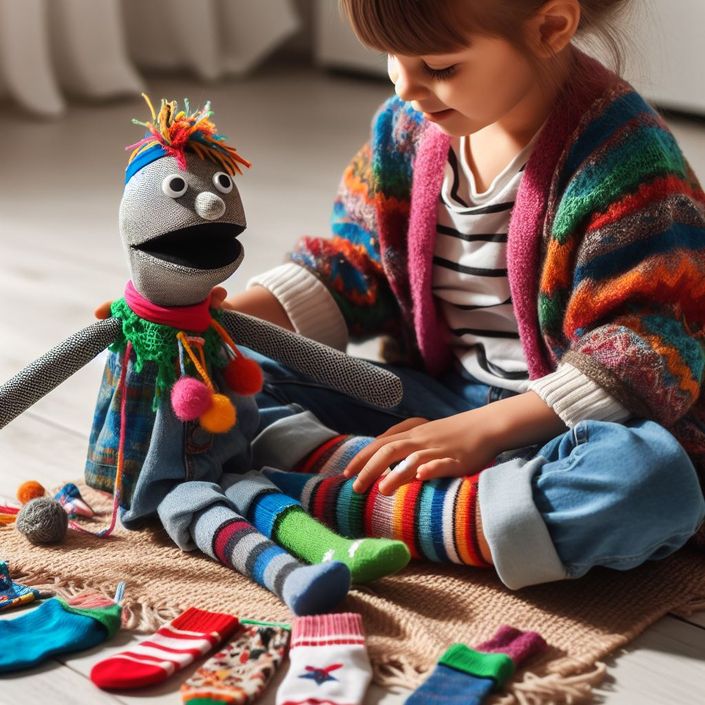INTRODUCTION
Cognitive Behavioral Play Therapy is a therapeutic intervention that adapts CBT techniques in a play setting with children who take an active role in the process of change and problem mastery.
It is based on cognitive and behavioral theories of emotional development and psychopathology and defines an integrated psychotherapy model that incorporates empirically supported techniques with the use of play therapy (Knell, 1993; Geraci, 2022).
Cognitive behavioral play therapy has clear guidelines that guide the clinician to design an effective intervention for various issues.
Much emphasis is placed on the use and choice of tools for structured intervention. In children, language is not yet fully developed; consequently, one of the greatest challenges in therapy is to find alternatives to sophisticated language.
These guidelines are based on the organization of specific phases of therapy, the conceptualization of the case, and the integration of CBT techniques into play therapy.

Children may experience difficulties, developmentally related, in using CBT techniques that rely on verbal interventions, but the literature argues that this may not be the case with respect to CBT techniques mediated by experiential interventions, used in play therapy (Knell 1993a, 1993b, 1994, 1997, 1998, 1999, 2000; Knell & Moore, 1990; Knell & Ruma, 1996, 2003; Knell & Beck, 2000; Knell & Dasari, 2006; Geraci, 2021, 2022)
In cognitive behavioral play therapy puppets, stuffed animals, books, art materials, and other toys are tools used to model children's behaviors and cognitive strategies.
These tools, which mediate the use of CBT techniques, can act as models or verbalize problem-solving skills or possible solutions to the problem, similar to that of the child. So, these tools are more accessible to children and respond to the needs and capabilities of their cognitive and emotional development. In particular, they help children achieve personal growth and emotional processing and enable the processing of traumatic events and experiences through a medium that is natural and comfortable for them.















